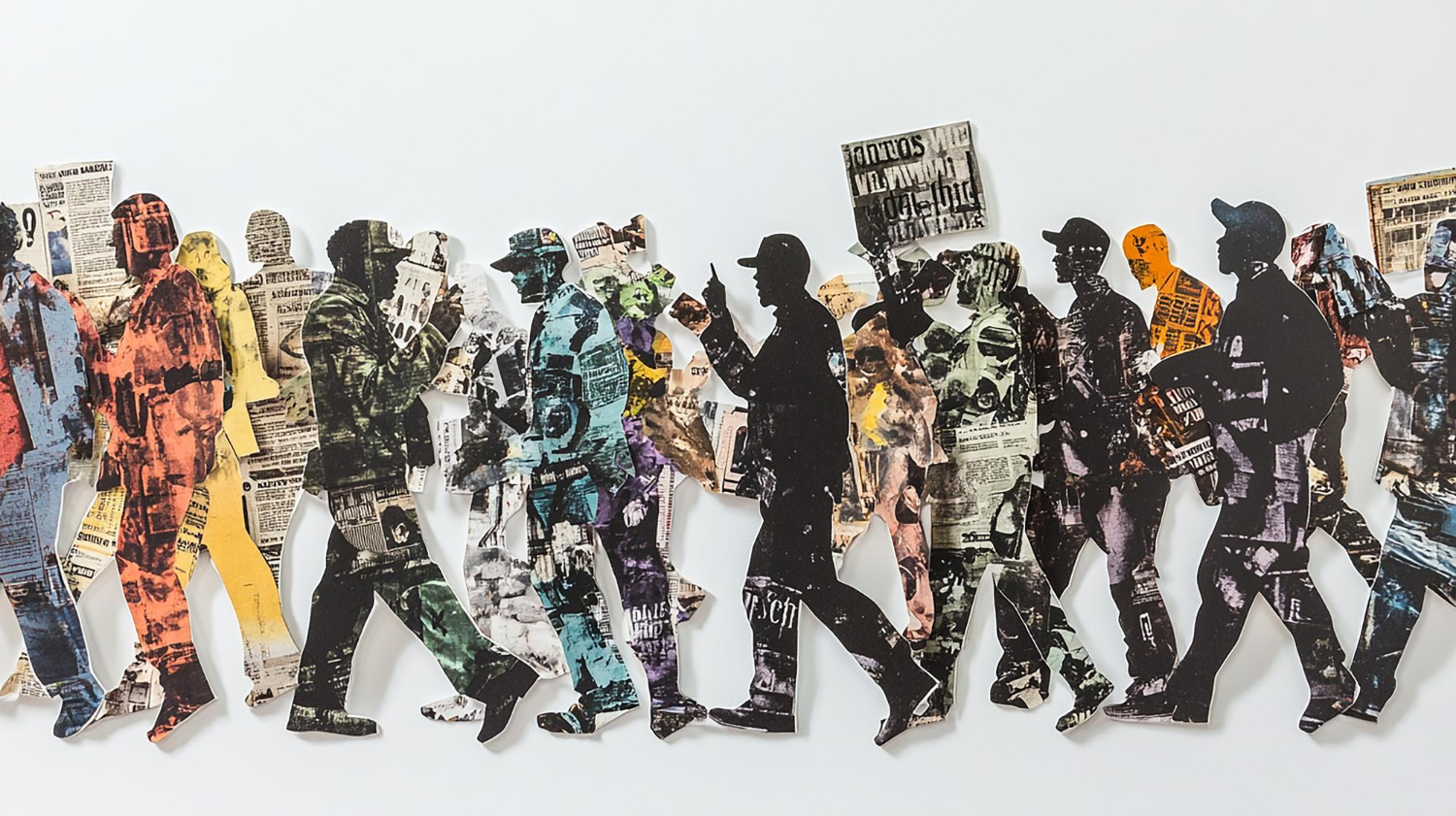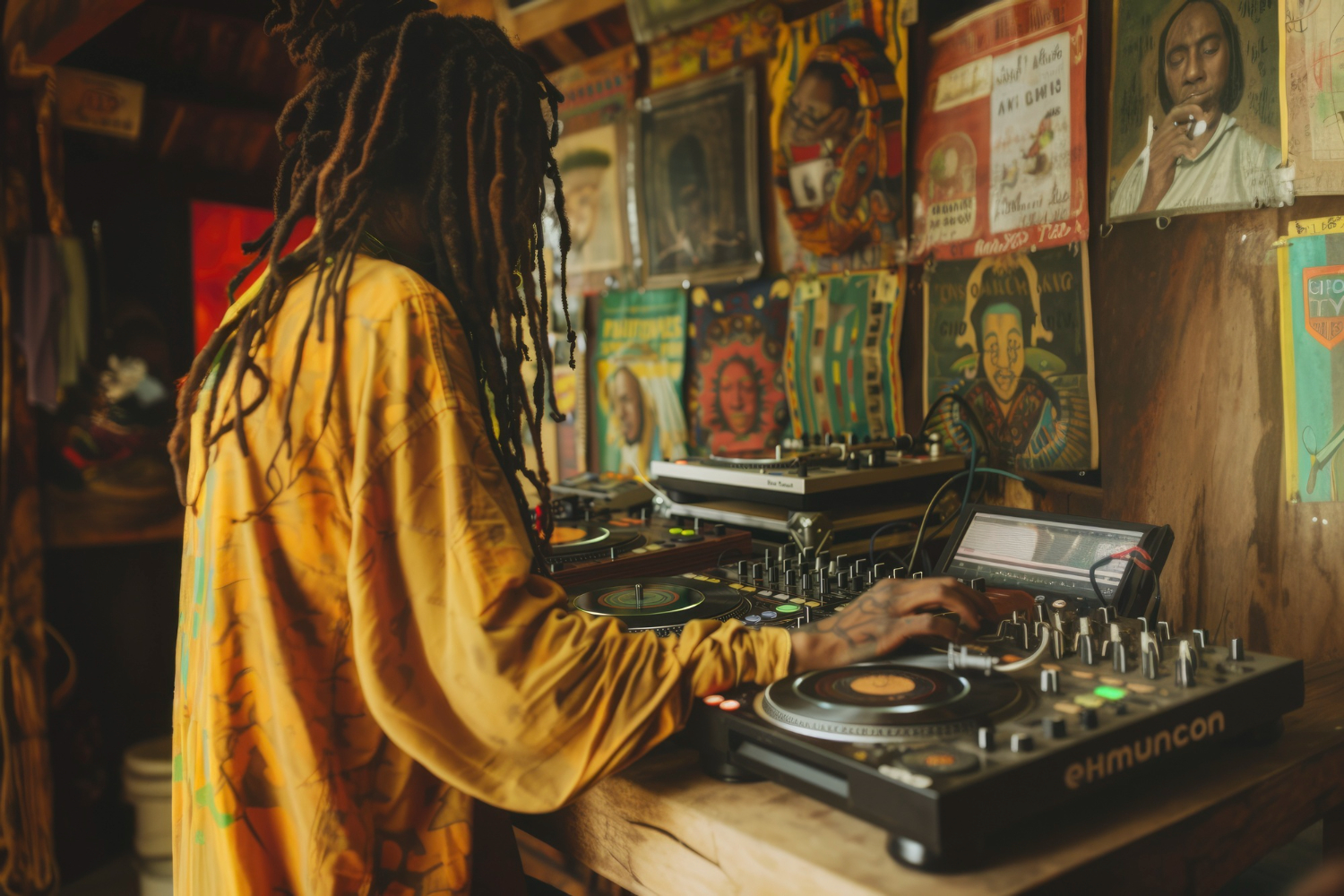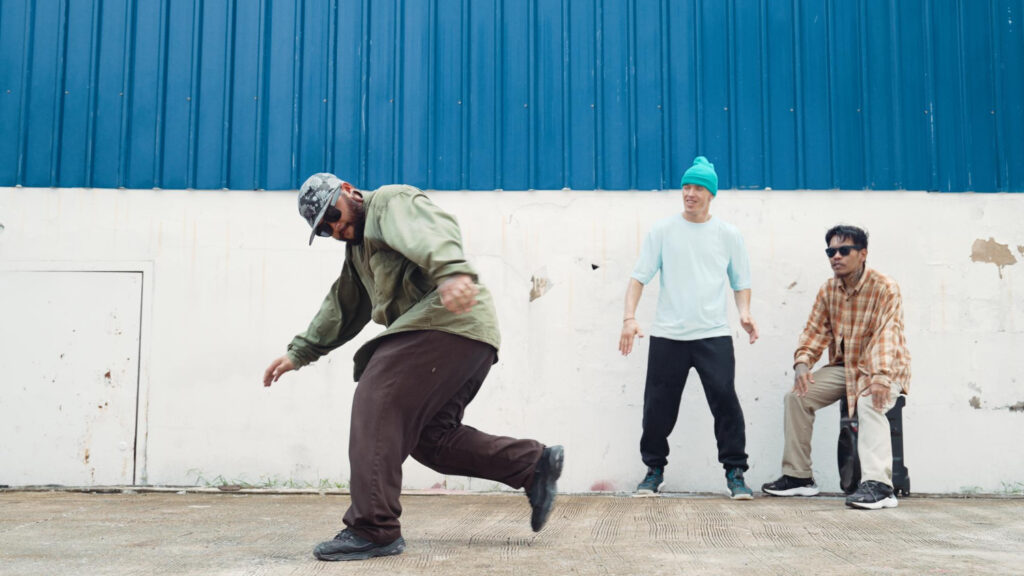Hip-hop isn’t just a music genre; it’s a global phenomenon that has influenced everything from fashion to language, politics, and even social justice movements. The history of hip-hop is a story of resilience, creativity, and revolution.
Whether you’re an avid fan or just curious, understanding hip-hop’s origins can provide insight into the movement’s power and ongoing impact on society. In this post, I’m diving deep into hip-hop’s roots, how it grew into a global force, and why it resonates with many people today.

What is Hip-Hop, and Where Did It Start?
Before diving into the history, let’s clarify what hip-hop truly is. Hip-hop is not just about the music, although that’s a large part. It’s a culture. The culture encompasses four foundational elements: rapping (MCing), DJing, graffiti art, and breakdancing (b-boying). These elements all came together in the late 1970s, particularly in the South Bronx, New York, as a way for young people to express themselves.
The beginnings of hip-hop can be traced to block parties in New York City. DJs like Kool Herc began using two turntables to extend the breakbeats of funk and soul tracks, creating a new kind of music perfect for dancing. This is where the term “hip-hop” emerged, quickly becoming the heartbeat of an entire generation’s movement.
The Early Days of Hip-Hop: The 1970s and 1980s
The 1970s laid the groundwork for what was to come. Kool Herc and other pioneering DJs like Afrika Bambaataa and Grandmaster Flash were hip-hop architects. They introduced innovative DJ techniques, such as looping breakbeats and scratching records, that would go on to shape the genre’s sound.
The 1980s marked hip-hop’s first taste of mainstream success, and it was during this time that rapping began to evolve into a recognised art form. Artists like Run-D.M.C. and LL Cool J brought hip-hop to the radio waves, making it more accessible to a broader audience. Their albums showcased the genre’s versatility, blending rap with rock, funk, and pop influences.
By the mid-80s, hip-hop was no longer just an underground movement but a cultural force. Rap battles, breakdancing competitions, and graffiti murals adorned city streets, all contributing to hip-hop’s multifaceted culture. This decade also saw the rise of hip-hop fashion, with Adidas tracksuits and Kangol hats becoming synonymous with the genre.
The 1990s: Hip-Hop Hits the Mainstream
The 1990s were the golden age of hip-hop. The genre not only achieved mainstream success but also became a reflection of the social and political realities of the time. Hip-hop in the 90s was diverse—each subgenre brought something unique.
On the East Coast, artists like Nas, The Notorious B.I.G., and Wu-Tang Clan continued to push the boundaries of lyrical storytelling, drawing from their experiences growing up in New York. Meanwhile, the West Coast was booming with the sounds of Dr. Dre, Snoop Dogg, and Tupac Shakur, who brought a laid-back, gangsta style to the forefront.
This was also the “East Coast vs. West Coast” rivalry era, which fueled tensions and elevated hip-hop’s influence. The genre became a platform for social commentary, addressing issues like police brutality, poverty, and the struggles of inner-city life. 2Pac’s “Changes“ and Public Enemy’s “Fight the Power“ became anthems of resistance and empowerment.
 Hip-Hop in the 2000s: Global Expansion and Commercialisation
Hip-Hop in the 2000s: Global Expansion and Commercialisation
By the 2000s, hip-hop was undeniably the dominant genre in the music industry. The genre’s reach expanded beyond the United States, influencing international music scenes in places like the UK, France, and even Japan. This global expansion saw a new generation of artists like Jay-Z, Eminem, Missy Elliott, and Kanye West shaping the future of hip-hop.
The 2000s also saw the commercialisation of hip-hop. While artists continued to push boundaries, hip-hop began to intertwine more with mainstream pop culture. Hip-hop fashion, language, and imagery flooded the advertising world, movies, and television.
Despite some criticisms of hip-hop’s commercialisation, the 2000s also saw the genre give birth to subgenres like crunk, trap, and mumble rap. Artists like Lil Jon and T-Pain introduced a more exuberant, party-centric hip-hop style, while others, such as Kanye West, pushed for a more introspective and experimental sound.
The 2010s to Today: Hip-Hop’s Continued Evolution
As we moved into the 2010s, hip-hop’s influence only grew stronger. The genre now dominates music charts globally, and rap is often seen as the most influential genre in the modern music landscape. Artists like Kendrick Lamar, Drake, and Travis Scott have continued to redefine hip-hop, blending it with R&B, pop, and electronic influences.
The rise of streaming platforms has made hip-hop more accessible than ever before, with new artists gaining massive followings through platforms like SoundCloud and YouTube. Meanwhile, the genre’s influence has expanded beyond music, from fashion and social media trends to politics and activism.
Kendrick Lamar, for instance, became a voice for social justice with albums like To Pimp a Butterfly, while artists like Chance the Rapper and J. Cole maintained a focus on personal and societal issues. In the digital age, hip-hop has become a form of resistance, a tool for individual expression and collective empowerment.
The Power of Hip-Hop Today
In 2023, hip-hop continues to be an agent of change. What started as a voice for marginalised communities has become a global movement that champions diversity, creativity, and authenticity. The culture is as strong as ever, with hip-hop artists constantly pushing the boundaries of what’s possible in the studio, on stage, or in their social activism.
As we look forward, it’s clear that hip-hop’s history is far from over. It continues to evolve, adapt, and inspire people worldwide.
Why Does the History of Hip-Hop Matter?
Understanding the history of hip-hop is about more than just appreciating great music; it’s about understanding the culture that shaped the music and the communities that created it. Hip-hop gave voice to those silenced for too long and provided a space for creativity, self-expression, and storytelling.
As we continue to listen to and engage with hip-hop, we not only enjoy the music but also recognise its power in shaping our world. It’s more than just a genre—a culture, a movement, and a legacy.
Join the Conversation
What’s your favourite moment in the history of hip-hop? Which artists or songs shaped your understanding of the culture? Let me know in the comments below, and feel free to share this post with friends passionate about hip-hop!



